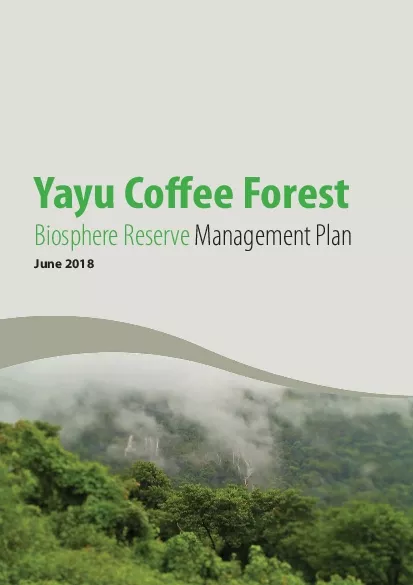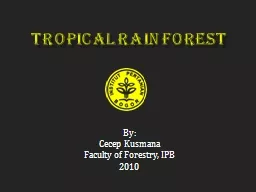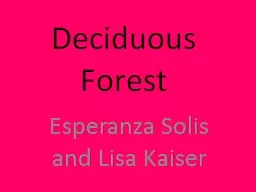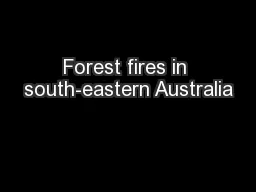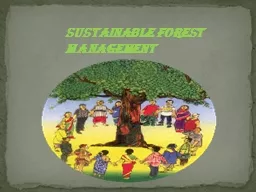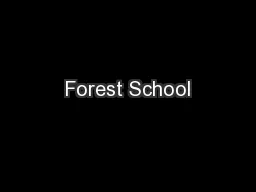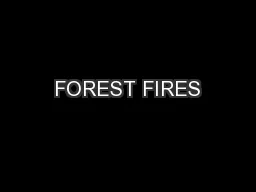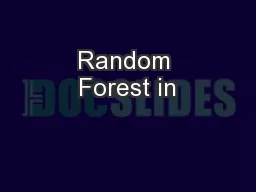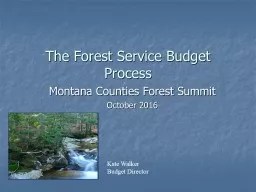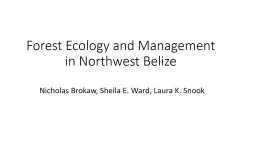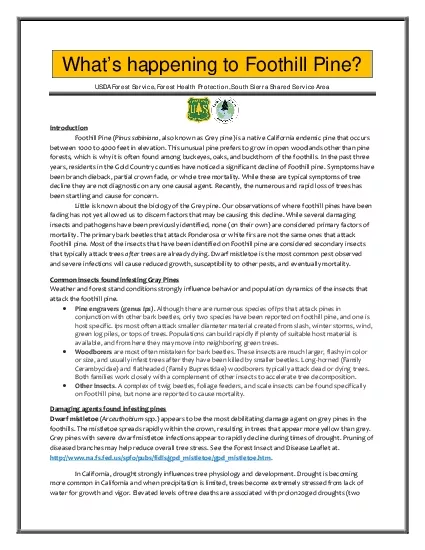PDF-Yayu Co31ee Forest
Author : freya | Published Date : 2021-08-05
1Biosphere Reserve Management PlanYayu Co31ee Forest Biosphere Reserve Management Plan2YAYU COFFEE FOREST BIOSPHARE RESERVE MANAGEMENT PLANOromia Environment Forest
Presentation Embed Code
Download Presentation
Download Presentation The PPT/PDF document "Yayu Co31ee Forest" is the property of its rightful owner. Permission is granted to download and print the materials on this website for personal, non-commercial use only, and to display it on your personal computer provided you do not modify the materials and that you retain all copyright notices contained in the materials. By downloading content from our website, you accept the terms of this agreement.
Yayu Co31ee Forest: Transcript
Download Rules Of Document
"Yayu Co31ee Forest"The content belongs to its owner. You may download and print it for personal use, without modification, and keep all copyright notices. By downloading, you agree to these terms.
Related Documents

